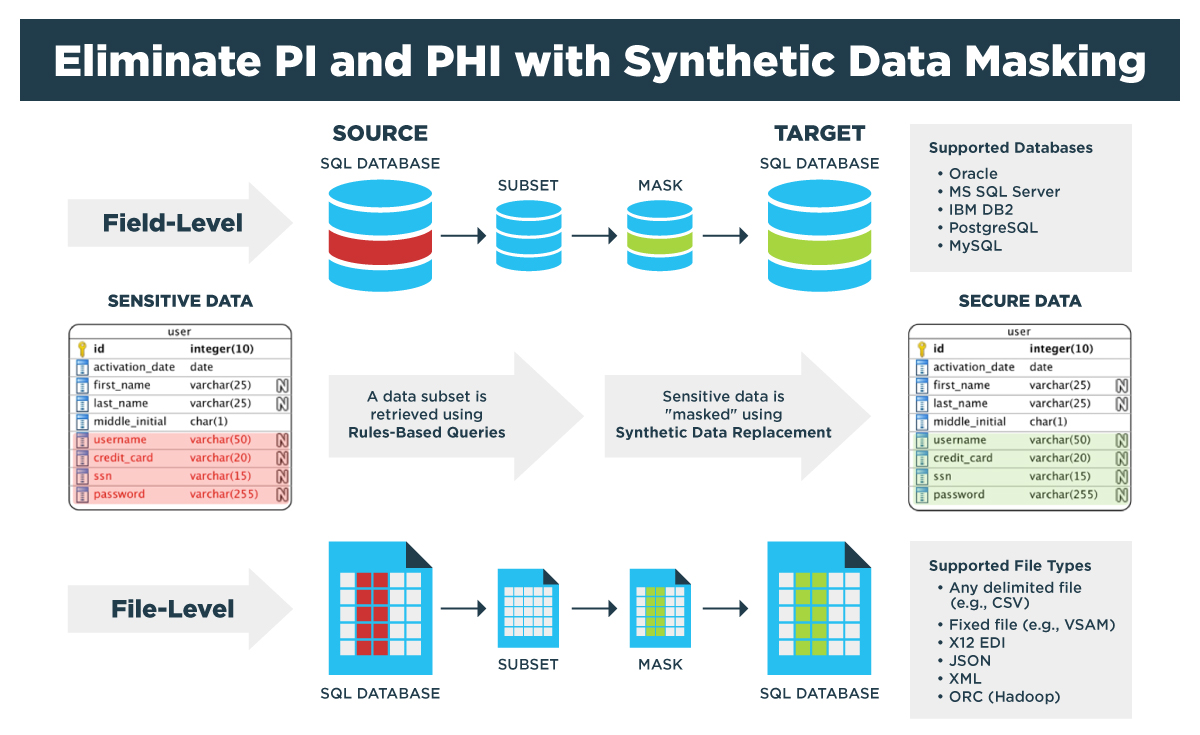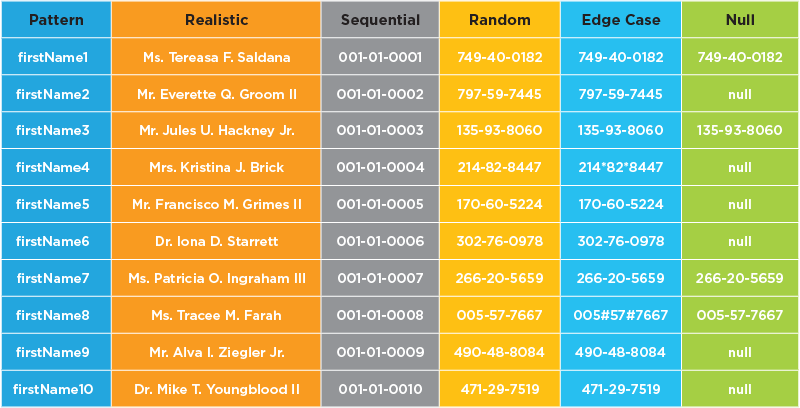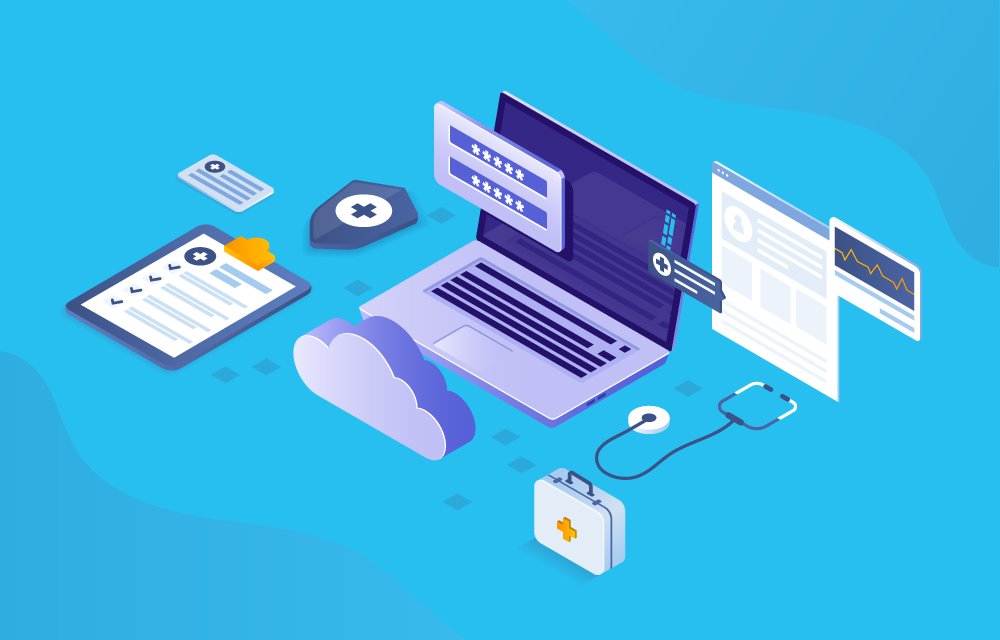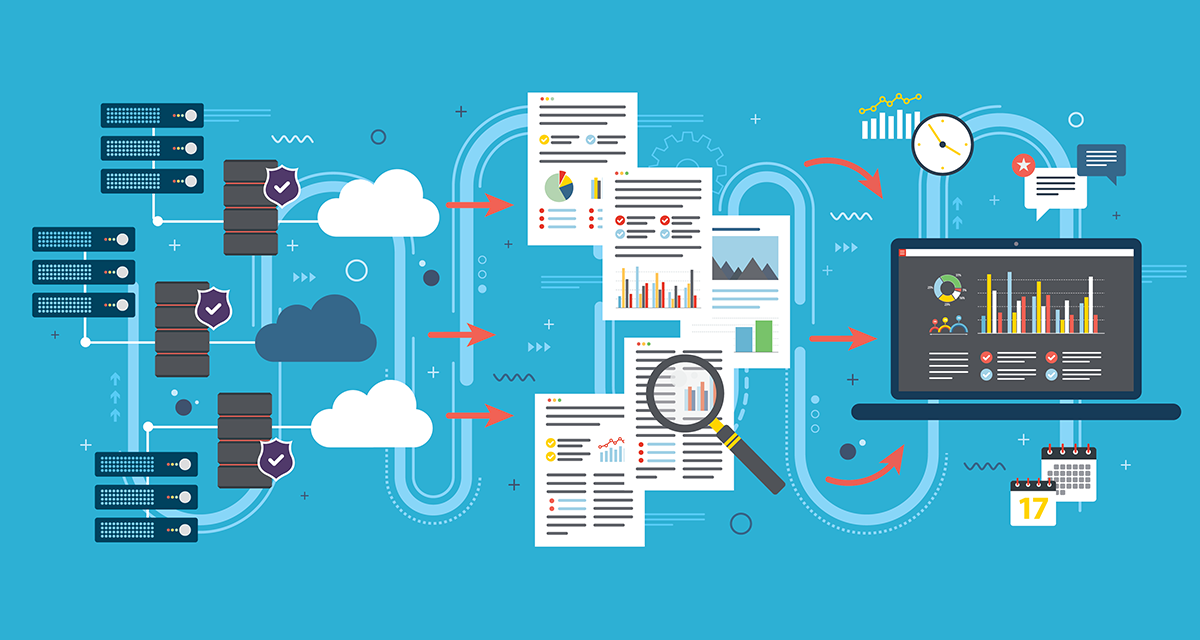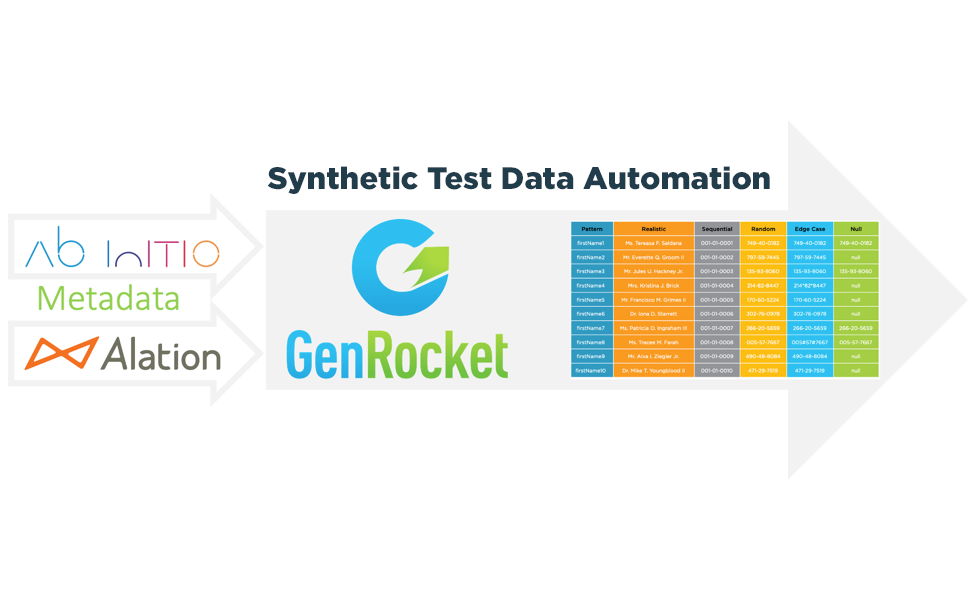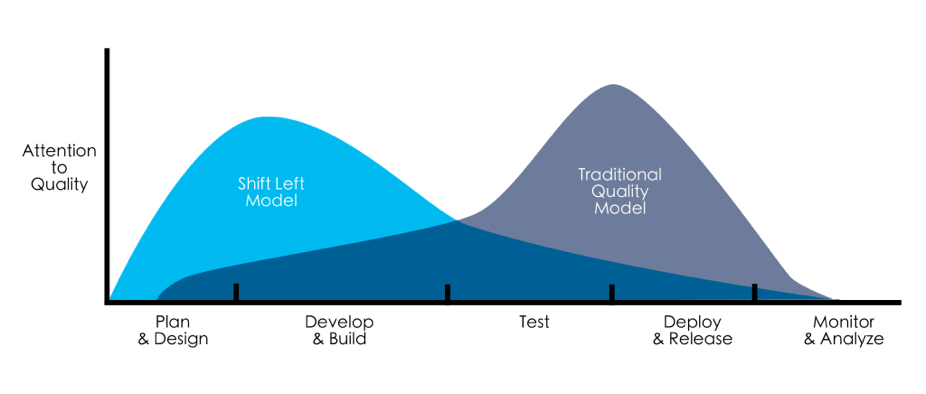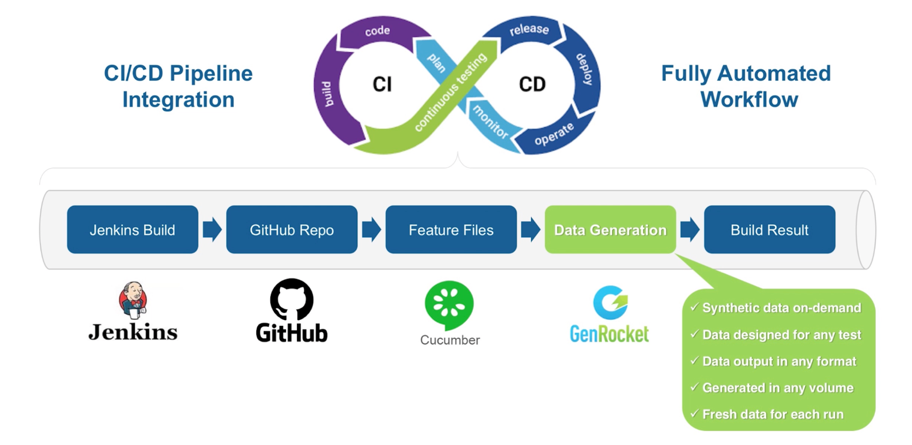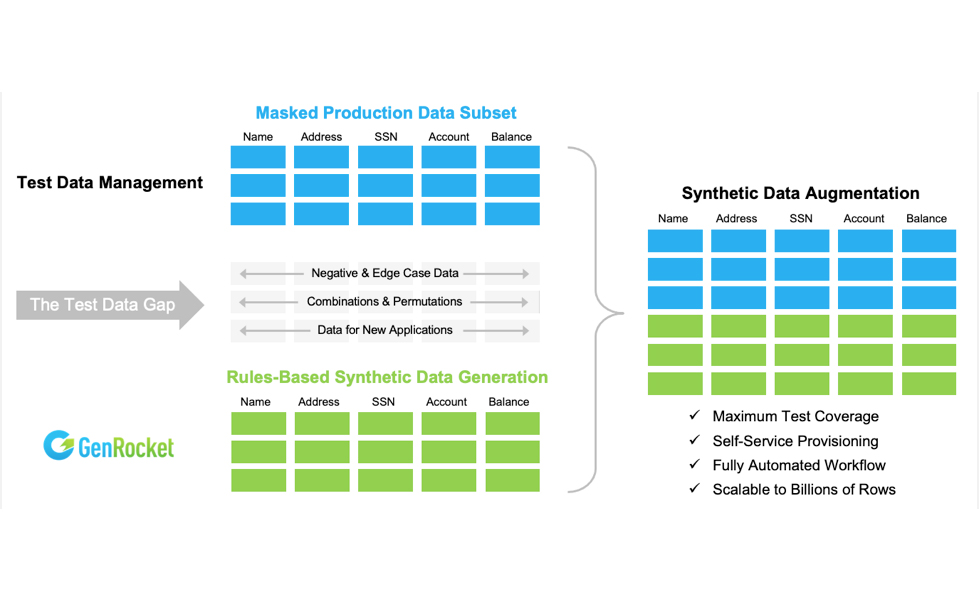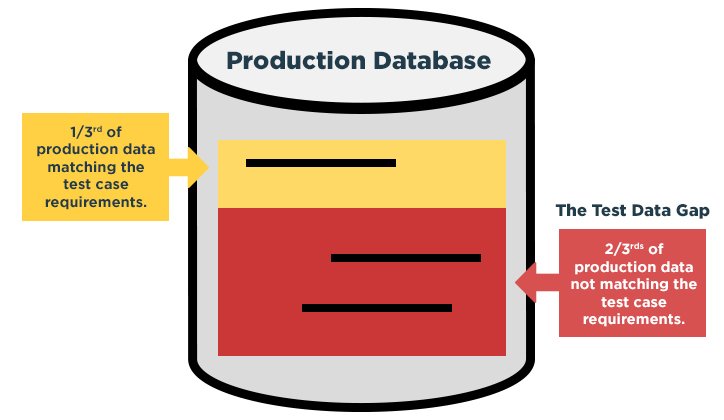We are often asked if GenRocket can perform data masking. The answer is, “Yes, of course – and with ease.” But like many questions asked about synthetic test data, the simple answer belies a complex explanation of the advantages of synthetic test data over production test data. Here, we explain five issues with masked production data and how Synthetic Data Masking overcomes them.

GenRocket Blog
